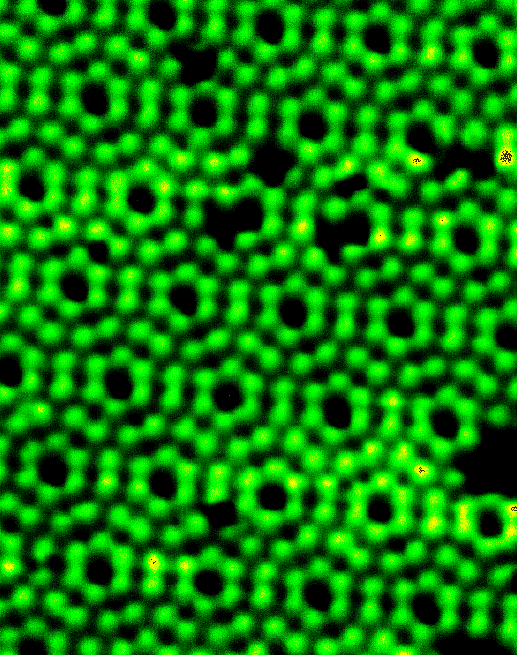Big centre for nano-studies to bring particular progress
 A new site has been set up for some astounding pieces of science gear to be housed in Australia.
A new site has been set up for some astounding pieces of science gear to be housed in Australia.
The new $30 million research facility at RMIT University features some cutting-edge advances in micro- and nano-technologies, and will be used to develop some of its own.
The MicroNano Research Facility (MNRF) opens this week.
The laboratory complex will bring the world's first rapid 3D nanoscale printer to Australia, which can create thousands of mind-bogglingly small structures - each a fraction of the width of a human hair - in minutes.
MNRF will also support projects spanning the disciplines of physics, chemistry, engineering, biology and medicine.
The facility will offer researchers access to over 50 tools on the leading edge of technological capability, including focused ion beam lithography with helium, neon, and gallium ion beams to enable imaging and machining of objects down to 0.5 nm resolution - about 5 to 10 atoms.
Ten research teams have already lined-up to work at the new facility on projects including;
- building miniaturised motors - or microactuators - to retrieve blood clots from deep within the brain, enabling minimally invasive neurological intervention in people affected by strokes or aneurysms;
- improving drug delivery via the lungs through new techniques that can atomise large biomolecules - including drugs, DNA, antibodies and even cells - into tiny droplets to avoid the damage of conventional nebulisation;
- developing innovative energy harvesting techniques that change the way batteries are recharged, using novel materials that can draw on the energy generated simply by people walking around; and,
- inventing ways to use water to remove toxins from fabric dyes, with new nanotechnologies that can facilitate the breaking down of those dyes with nanostructured catalysts.
Labs will include;
- Gas sensors laboratory
- Metrology laboratory
- Novel Fabrication laboratory
- PC2 mammalian cell laboratory
- Photolithography laboratory
- Physical vapour deposition laboratory
- Polydimethylsiloxane (PDMS) and nanoparticle laboratory
- Wet etch laboratory
- Support laboratory
Footage of the building being constructed is available in the video below.








 Print
Print